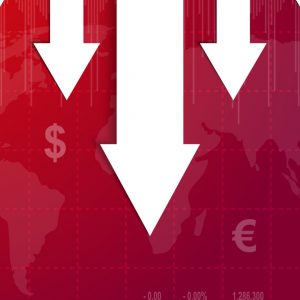
How Rising Rates Could Drastically Change the Trading Environment
By: Steve Smith
Stocks are broadly lower as investors await the Fed’s announcement on interest rates and monetary policy. It’s expected to raise rates by 50 basis points, begin shrinking the balance sheet and plan an aggressive future rate hike path to combat inflation.
Yesterday I discussed how to profit from harnessing implied volatility where I hinted that interest rates, which are one of the 5 inputs that make up the Black-Scholes model of option pricing, were going to become increasingly important.
Today, I want to look at how this dramatic policy shift, not seen since the late 1970s, could drastically shift the trading environment and lead to an extended higher volatility period and a bear market continuation.
In his paper, Volatility and the Alchemy of Risk, Artemis Capital’s Christopher Cole wrote, “Volatility fires almost always begin in the debt markets…
Volatility is the brother of credit… and volatility regime shifts are driven by the credit cycle.”
“When times are good and credit is easy, a company can rely on the extension of cheap debt to support its operations. Cheap credit makes the value of equity less volatile, hence a tightening of credit conditions (rising interest rates) will lead to higher equity volatility.” “The IMF warns that 22% of U.S. corporations are at risk of default if interest rates rise. Median net debt across S&P 500 firms is close to a historic high at over 1.5x earnings, and interest coverage ratios have fallen sharply.”
He provides this nice image of how the credit cycle, hedging, and buybacks all work toward creating an illusion or alchemy of risk mitigation. But, in fact, is a self-destruction act, ultimately turning on itself.
It’s interesting to note that Cole doesn’t regard volatility as a reflection of changing market conditions.
Given that many of the volatility gauges and trading products are options-based, and in turn, interest rates are one of the option value inputs, it’s easy to understand how rate rises can create a circular volatility increase. We saw a case of the ‘tail wagging the dog” in early February.
If the Fed gets as aggressive as some people think we could see an extended period of volatility. Which should translate into opportunity.
